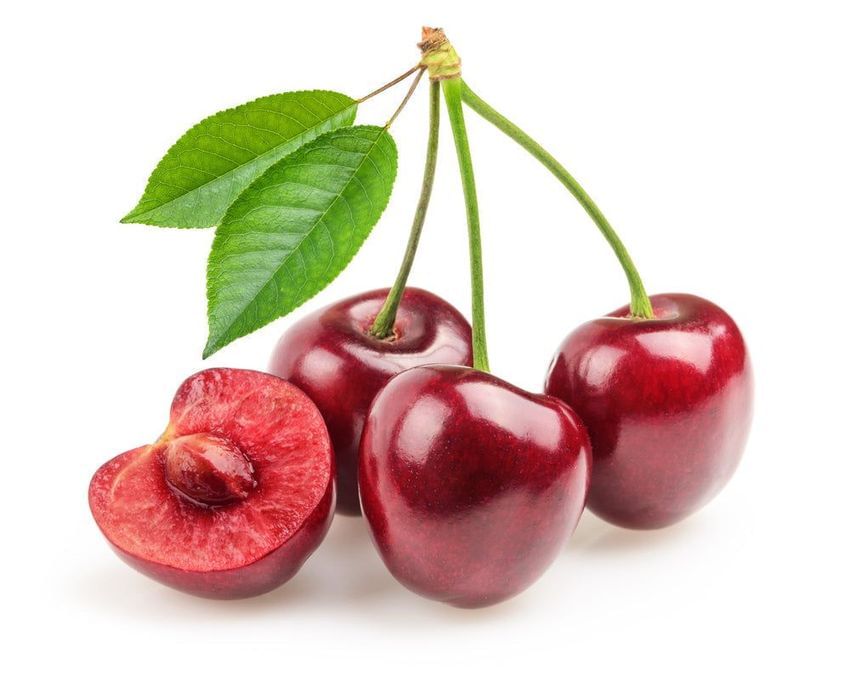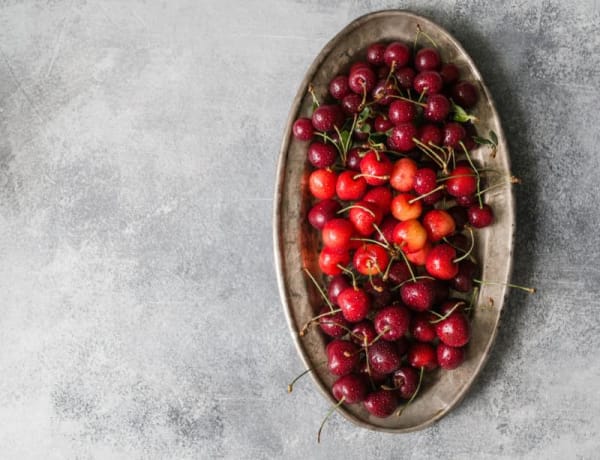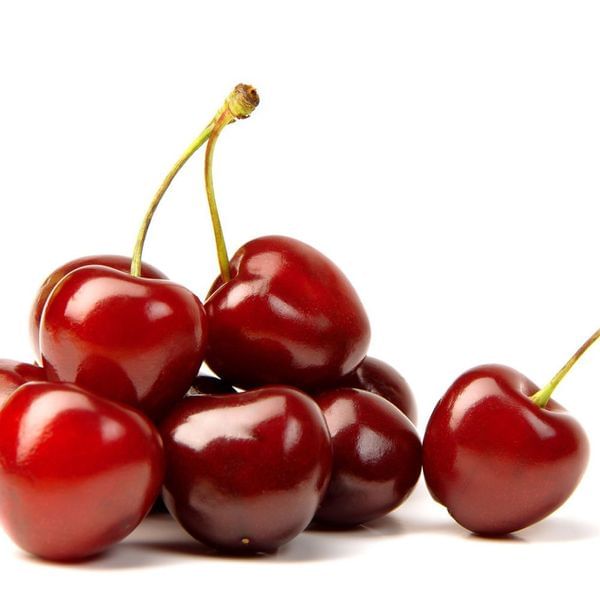Potted Fruit Trees Coming Soon!
Bing Cherry- Variety Information
- Bing cherries produce large crops of deep burgundy-red cherries.
- Everyone's favorite cherry and the most widely planted for fresh eating.
- Large firm, juicy, dark red fruit.
- Wonderful sweet flavor and very juicy.
- Favorite in colder regions.
- Bing produces a large, vigorous tree.
- Harvest 4th or 5th year.
- USDA Zone 5-9, Requires 700 chill hours to set fruit.
- Protect when temperatures fall below -20°F.
- Grafted onto Mahaleb rootstock
- Click here to view "Fruit Tree Rootstock Information"
Tips:
- Once established, they require little maintenance and are reliable producers.
- Best adapted to areas where summers are moderately cool.
- The trees dislike high humidity.
- Usually, the last fruit to bloom and first to ripen.
- Requires a pollinator. Pollinated by Black Tartarian, Rainier, Stella, or Lapins.
- Sweet cherries can reach 25-30 feet tall in deep soils.
- Sensitive to wet, tight soils.
- Susceptible to birds, brown rot, and bacterial canker.







